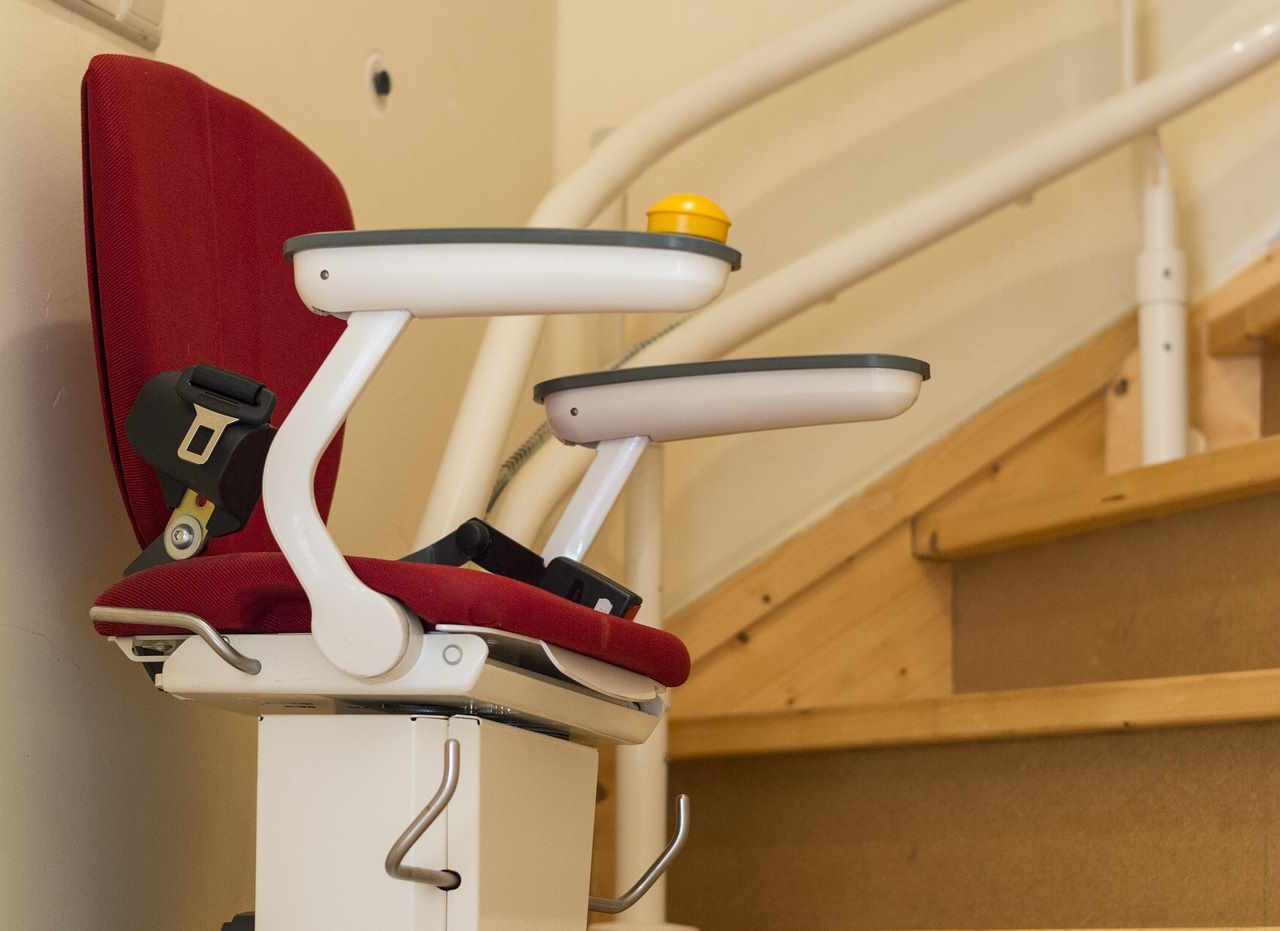Stair Lifts: Portable Solutions for Home Mobility Access
Stair lifts have revolutionized home accessibility by providing safe, reliable transportation between floors for individuals with mobility challenges. These mechanical devices attach to staircase railings or walls, offering a practical alternative to relocation or costly home renovations. Modern stair lifts combine advanced engineering with user-friendly designs, making them suitable for various home configurations and mobility needs.

What Makes Stair Lifts Portable and Lightweight?
Today’s stair lift technology emphasizes portability without compromising safety or functionality. Lightweight aluminum frames and compact motor systems reduce overall weight while maintaining structural integrity. Many models feature modular designs that allow for easier installation and potential relocation to different staircases. Battery-powered units eliminate the need for complex electrical work, while foldable seats and footrests minimize space requirements when not in use.
The portability factor becomes particularly important for renters or those planning future moves. Some manufacturers offer rental programs or removable track systems that leave minimal permanent modifications to the home’s structure.
How Do Compact Designs Enhance User Experience?
Compact stair lift designs prioritize space efficiency and aesthetic integration within existing home environments. Slim-profile tracks typically extend only 6-8 inches from the wall, preserving walkway space for other family members. Folding mechanisms allow seats, armrests, and footplates to tuck away when not in use, maintaining clear stairway access.
Advanced engineering has reduced motor housing sizes while improving performance. Digital control systems replace bulky mechanical components, resulting in quieter operation and smoother rides. Many compact models accommodate curved staircases without requiring custom manufacturing, expanding accessibility options for homes with complex layouts.
What Safety Features Support Easy-to-Use Operation?
Modern stair lifts incorporate multiple safety mechanisms that enhance user confidence while simplifying operation. Automatic braking systems engage immediately when controls are released, preventing uncontrolled movement. Seat belts, swivel locks, and pressure-sensitive edges provide additional protection during transport.
Intuitive control systems typically feature large, clearly marked buttons on both the chair and remote controls. Some models include joystick operation for users with limited dexterity. Obstacle sensors automatically stop the lift when detecting objects on the stairway, while diagnostic systems alert users to maintenance needs before problems develop.
How Do These Solutions Adapt to Different Home Configurations?
Stair lift versatility extends to various architectural configurations and user requirements. Straight stair models offer standardized solutions for conventional staircases, while curved rail systems accommodate turns, landings, and spiral stairs. Outdoor-rated units feature weather-resistant materials for external stairways and deck access.
Weight capacities range from standard 300-pound models to heavy-duty options supporting up to 500 pounds. Customizable features include seat heights, armrest styles, and color options to match home décor. Some manufacturers provide standing platform attachments for users who cannot bend their knees comfortably.
What Maintenance and Longevity Considerations Apply?
Regular maintenance ensures optimal performance and extends equipment lifespan. Most stair lifts require quarterly inspections of moving parts, track cleaning, and battery testing. Professional service typically costs $150-300 annually, depending on model complexity and local service rates.
Quality stair lifts generally provide 10-15 years of reliable service with proper maintenance. Warranty coverage varies by manufacturer, with most offering 2-5 year comprehensive warranties. User-serviceable components include battery replacement and basic cleaning, while professional technicians handle motor servicing and track adjustments.
| Product Model | Manufacturer | Key Features | Cost Estimation |
|---|---|---|---|
| Acorn 130 | Acorn Stairlifts | Straight stairs, 300 lb capacity, rechargeable batteries | $3,000-4,500 |
| Bruno Elan SRE-3000 | Bruno Independent Living | Straight stairs, 400 lb capacity, power swivel seat | $4,000-5,500 |
| Stannah Siena 600 | Stannah Stairlifts | Curved stairs, 300 lb capacity, soft-start technology | $8,000-12,000 |
| Harmar Pinnacle SL600HD | Harmar Mobility | Heavy-duty, 500 lb capacity, outdoor rated | $5,000-7,000 |
Prices, rates, or cost estimates mentioned in this article are based on the latest available information but may change over time. Independent research is advised before making financial decisions.
Stair lifts represent a practical investment in maintaining independence and safety within familiar home environments. The combination of portable design, compact engineering, and user-focused features makes these devices accessible to a broad range of mobility situations. Professional consultation helps ensure proper model selection and installation for optimal long-term satisfaction.
This article is for informational purposes only and should not be considered medical advice. Please consult a qualified healthcare professional for personalized guidance and treatment.




